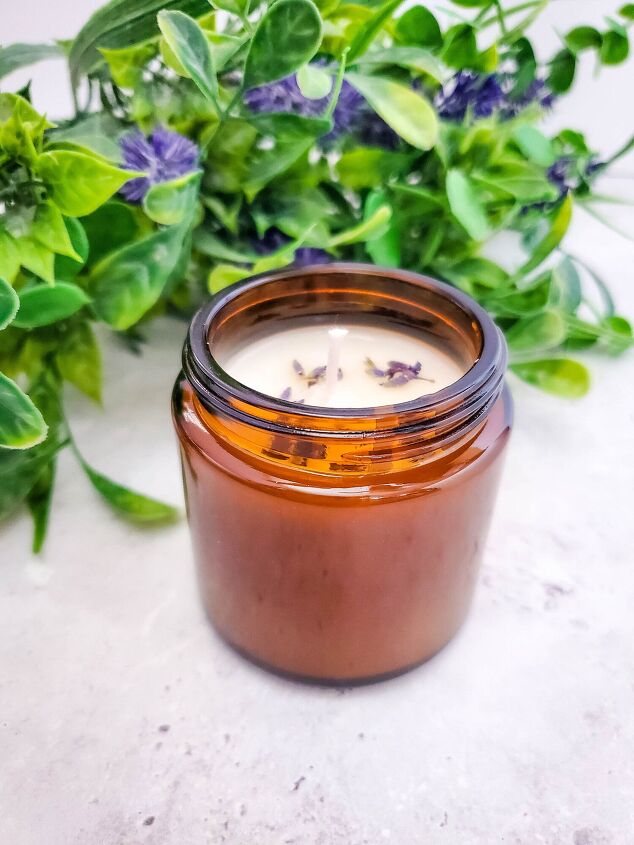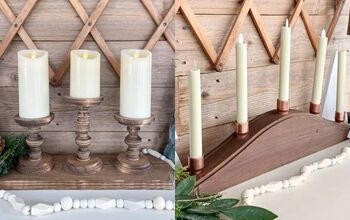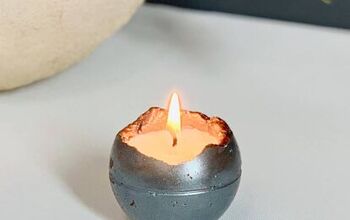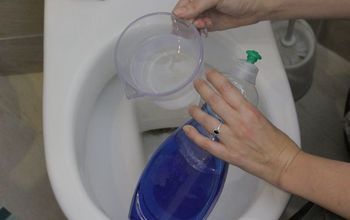DIY Essential Oil Candles
Making DIY candles is a fun way to add a little luxury to your life. Not only are they soothing and relaxing, but they can also be personalized with scents that reflect your unique personality.
The best way to de-stress is with DIY aromatherapy candles. All you need are a few simple ingredients like wax, wicks and pure essential oils!
You can avoid the toxic chemicals in pre-made candles by making your own with natural ingredients such as essential oils and cotton wicks.
- 200 grams, or 7 ounces of soy wax flakes
- Melting pot
- Mixing spoon
- Shallow saucepan filled with ½ inch of water
- 30 drops of essential oils
- 2 – 4oz glass jars
- 2 – Cotton candle wick
- 2 – Glue dot
- 2 – Center device
- ½ tsp dried lavender buds
- Or this candle making kit is a great way to get started without having all of the individual supplies. Just use essential oils instead.
Directions:
The first thing to do in order to make the candles is to prep your mason jars. Make sure they are clean and dry before starting.
What are the best essential oil blends for candles?
Not all essential oils are compatible with each other. When blending essential oils for use in a candle, it’s important to choose oils that are complementary. Oils that blend well together will create a pleasing scent when burned.
These blends all offer unique benefits depending on your needs and personal preference. For example, lemon and peppermint is great for promoting alertness, while eucalyptus and spearmint is perfect for clearing congestion.
Contains affiliate links. A small commission is received at no extra cost to you.









































Frequently asked questions
Have a question about this project?